The history of Dublin’s urban development is rich and spans over a thousand years. Here’s a brief overview of key periods in Dublin’s urban development:
- Viking Dublin (9th–11th centuries):
- Dublin’s history as a settlement begins with the Vikings, who founded a trading post on the River Liffey in the 9th century.
- They established Dublin as a key center for trade and commerce, leaving behind traces such as the street pattern in the city center.
- Medieval Dublin (12th–16th centuries):
- Dublin continued to grow as a medieval city under Norman rule. The city expanded beyond its original boundaries, and defensive walls were built.
- Landmarks from this period include Dublin Castle, which was originally constructed in the 13th century, and Christ Church Cathedral, founded around the same time.
- The city thrived as a trading hub, with a bustling market on High Street.
- Early Modern Period (17th–18th centuries):
- The 17th century brought significant changes, including the construction of Trinity College in 1592.
- Dublin experienced further growth during the 18th century, becoming the second-largest city in the British Empire after London.
- Georgian architecture became prevalent during this time, with wide streets and elegant townhouses characterizing much of the city.
- 19th Century and the Great Famine:
- The 19th century saw both growth and challenges. The population expanded, leading to overcrowding in some areas.
- The Great Famine in the mid-19th century had a profound impact, causing widespread death and emigration.
- Victorian architecture became prominent, with the construction of landmarks like the General Post Office on O’Connell Street.
- Independence and the 20th Century:
- The early 20th century was marked by political upheaval and the struggle for Irish independence.
- In 1922, Dublin became the capital of the newly formed Irish Free State.
- Suburban development increased, and the city adapted to the changing political and economic landscape.
- Late 20th Century to Present:
- Dublin experienced significant economic growth in the late 20th century, transforming into a modern European capital.
- The construction boom led to the development of new commercial and residential areas, with landmarks like the International Financial Services Centre (IFSC).
- The Docklands area underwent extensive redevelopment, becoming a symbol of Dublin’s economic resurgence.
Throughout its history, Dublin has evolved from a Viking trading post to a vibrant and cosmopolitan city, blending its rich historical heritage with modern urban development. The city continues to adapt and change, reflecting the dynamic nature of Ireland’s capital.

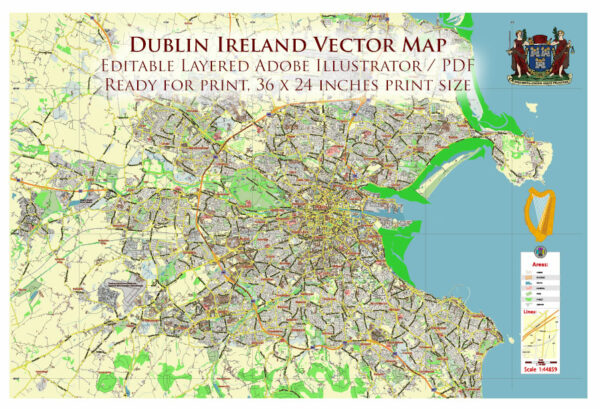

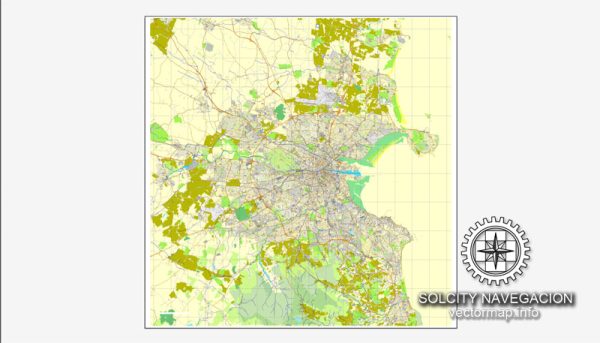
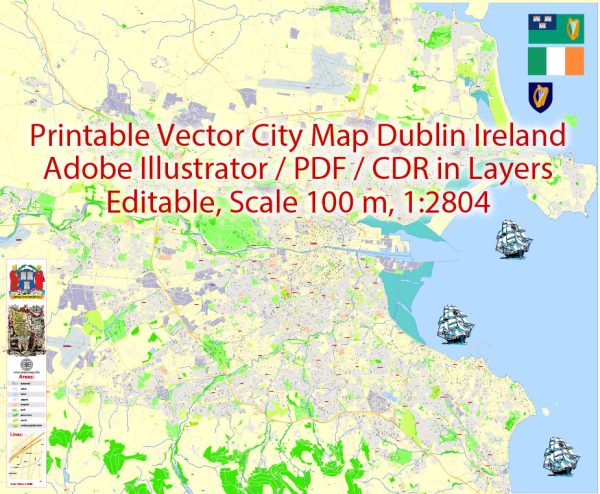
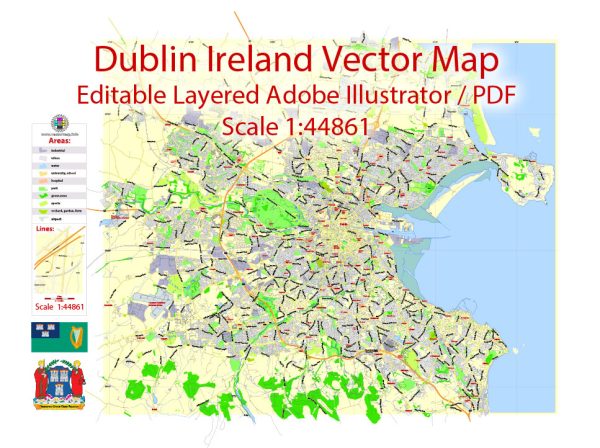
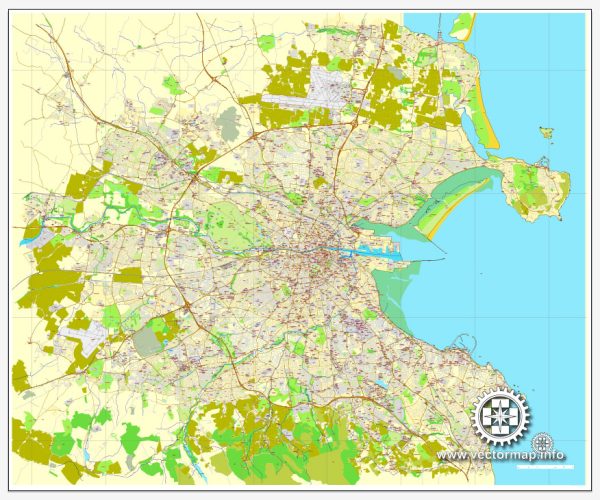
 Author: Kirill Shrayber, Ph.D.
Author: Kirill Shrayber, Ph.D.